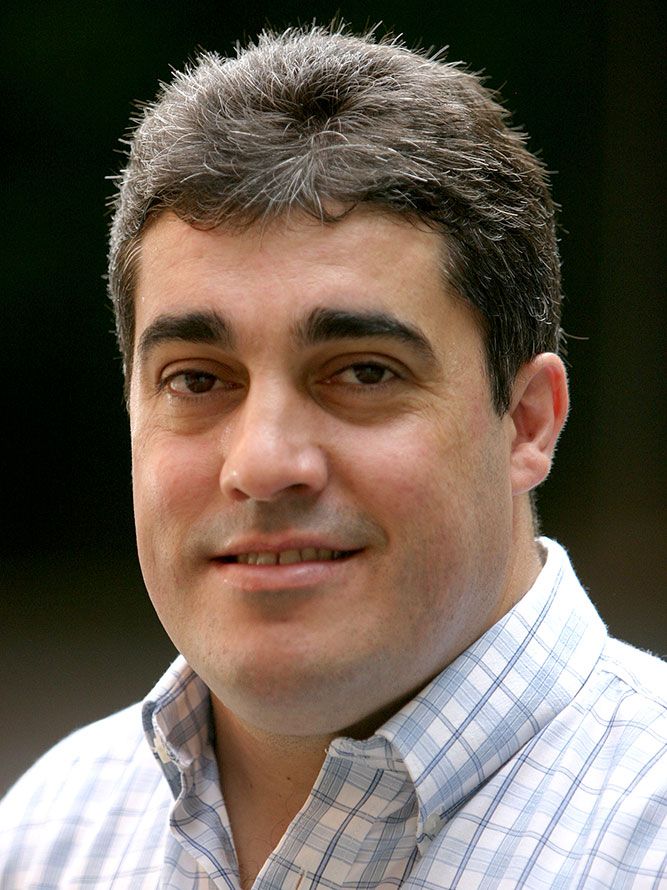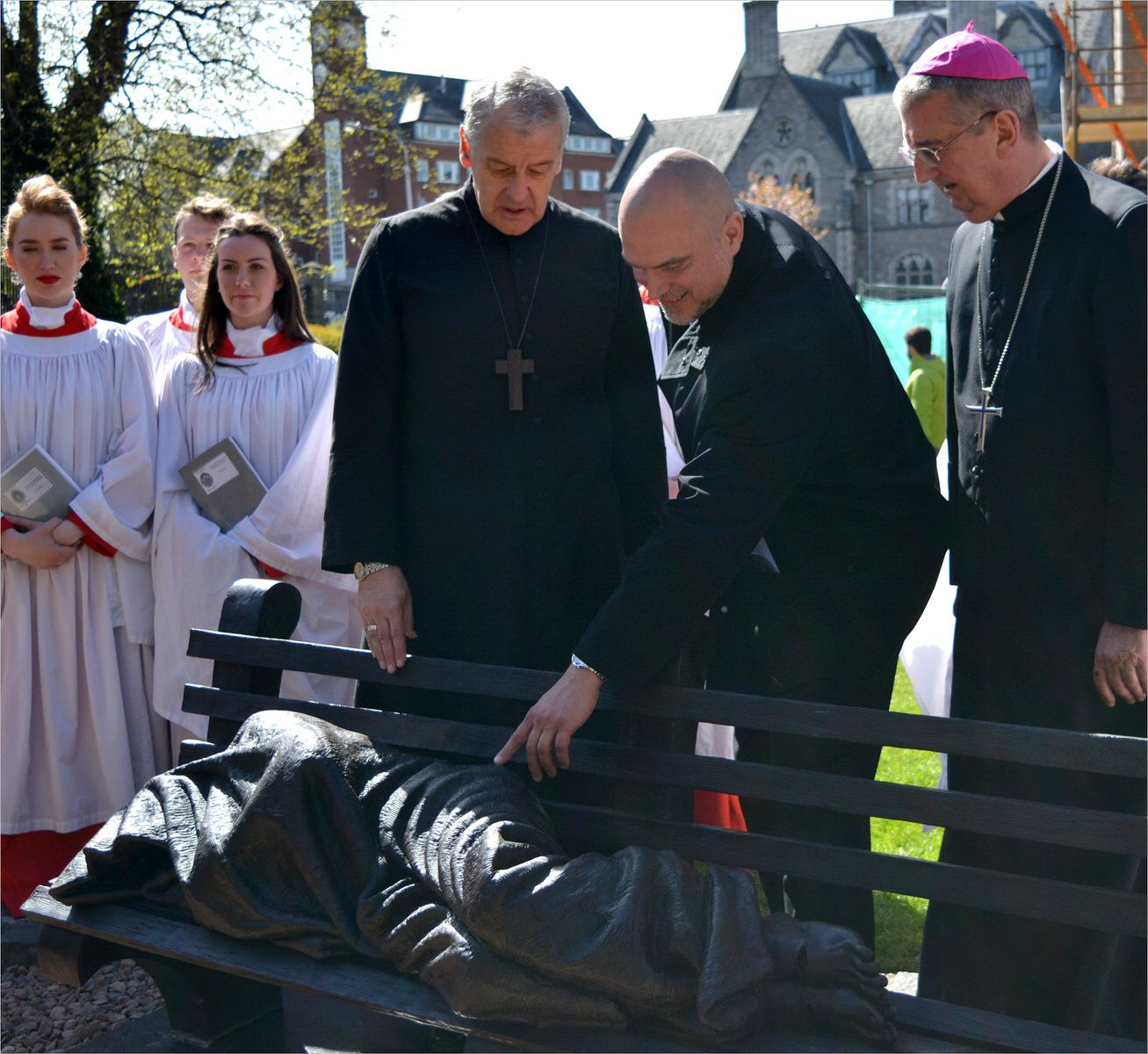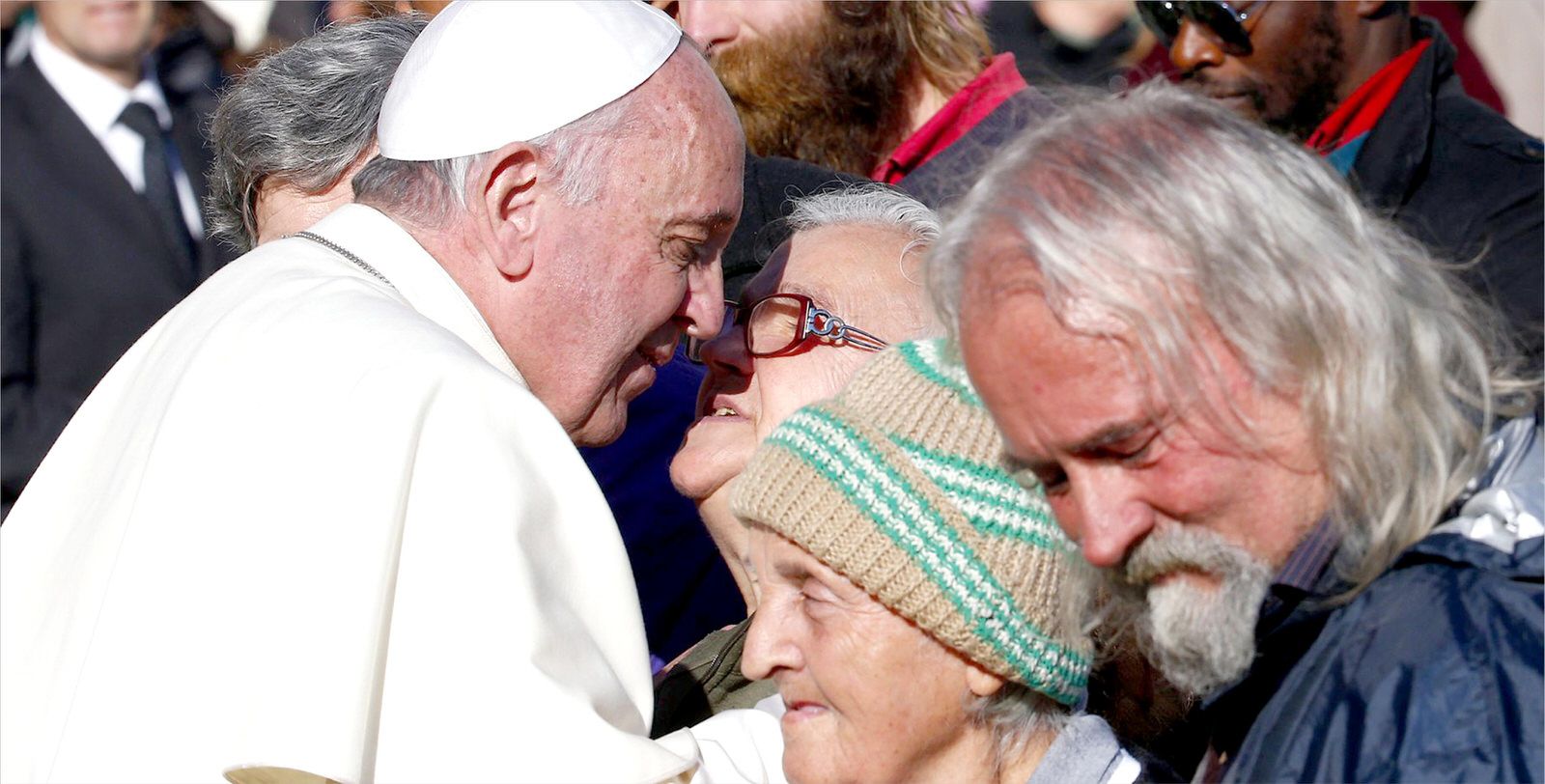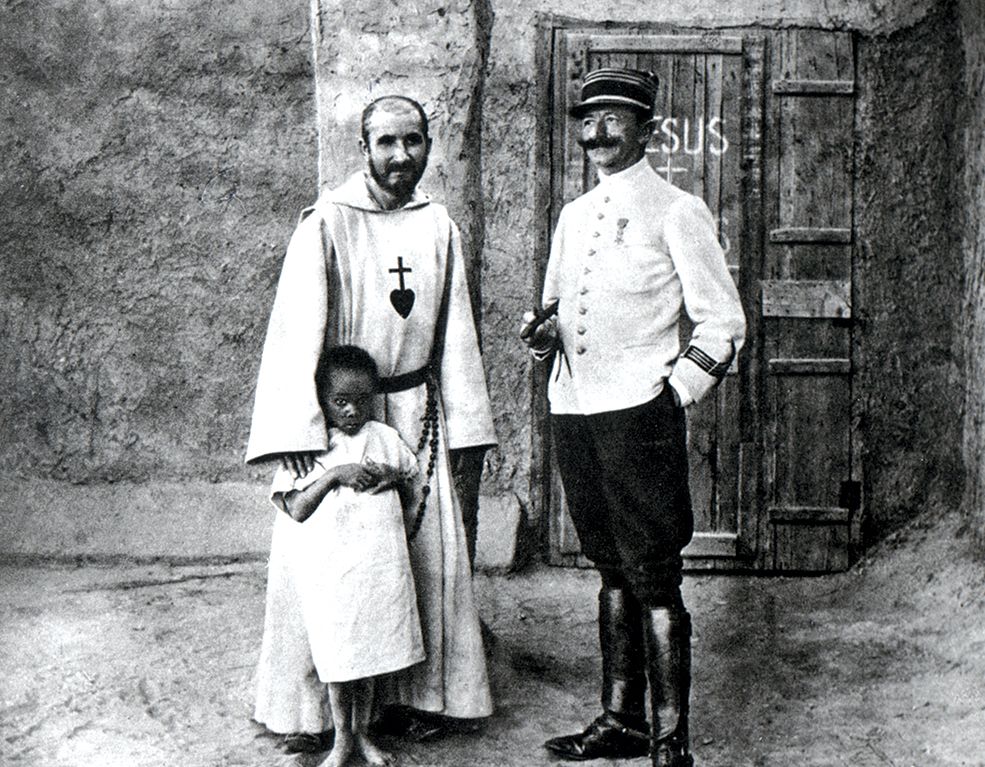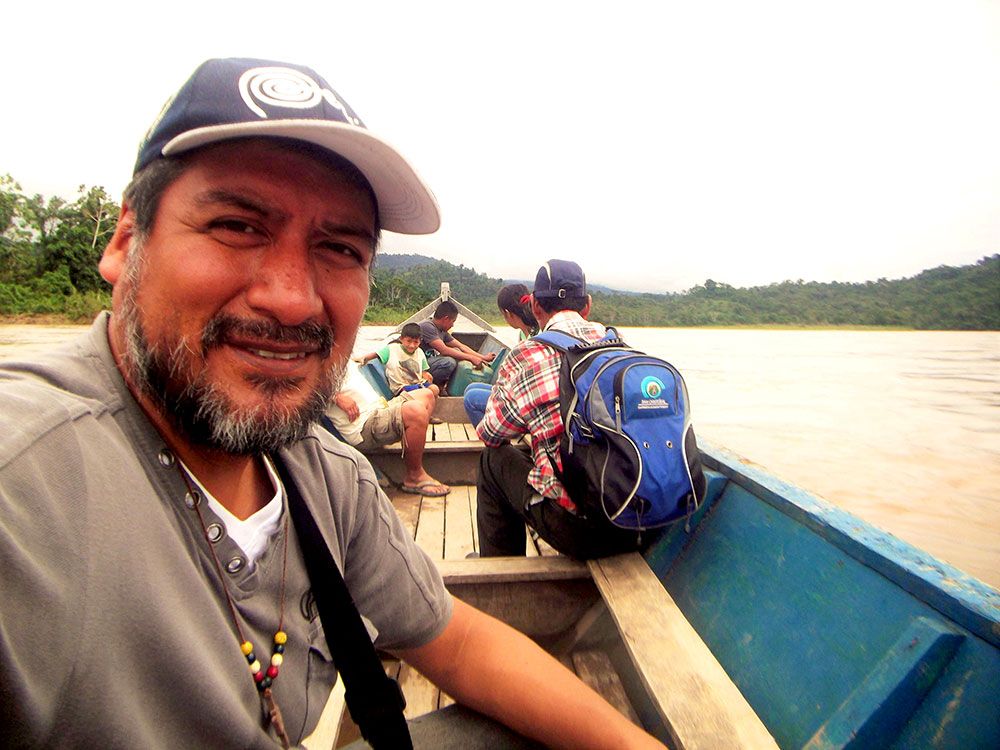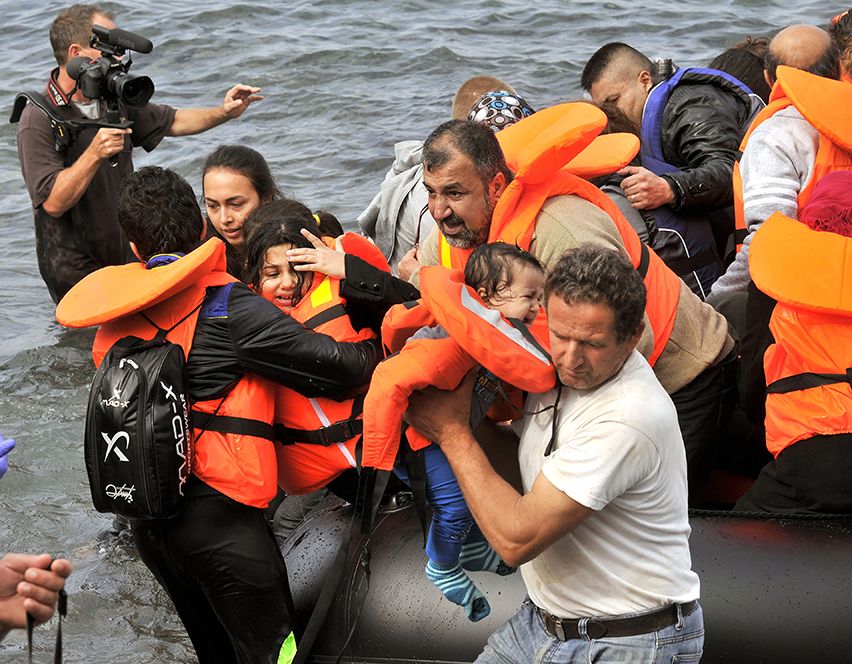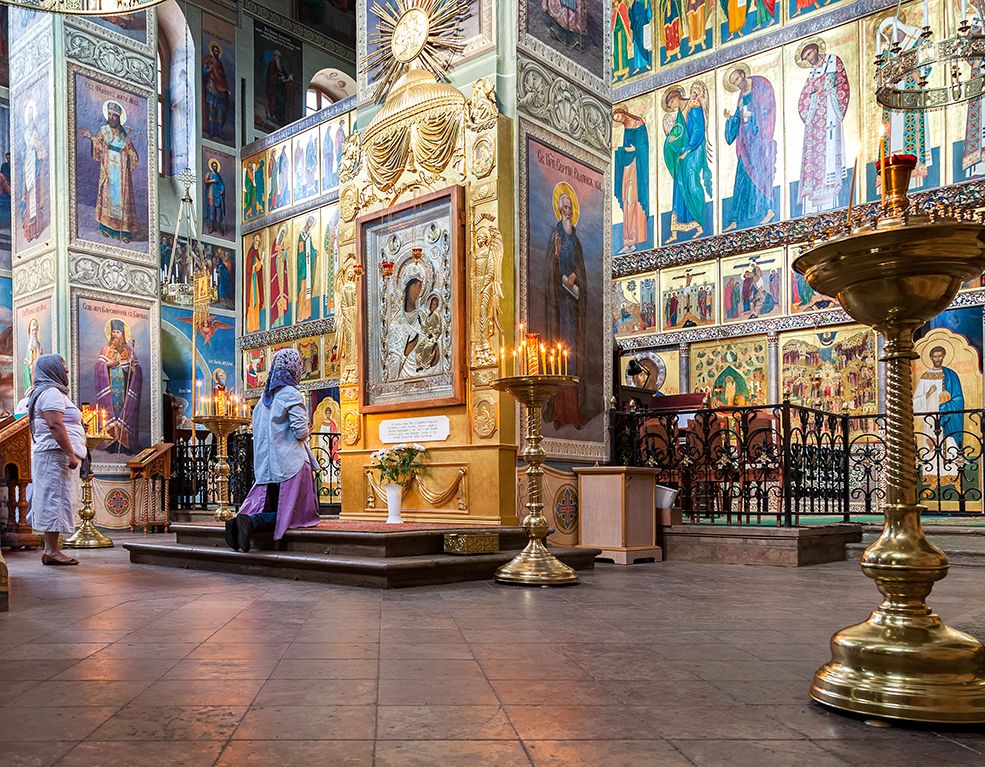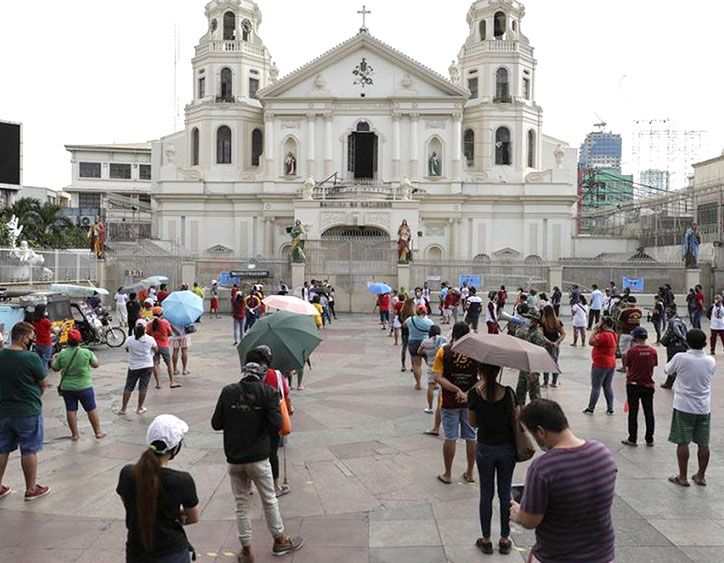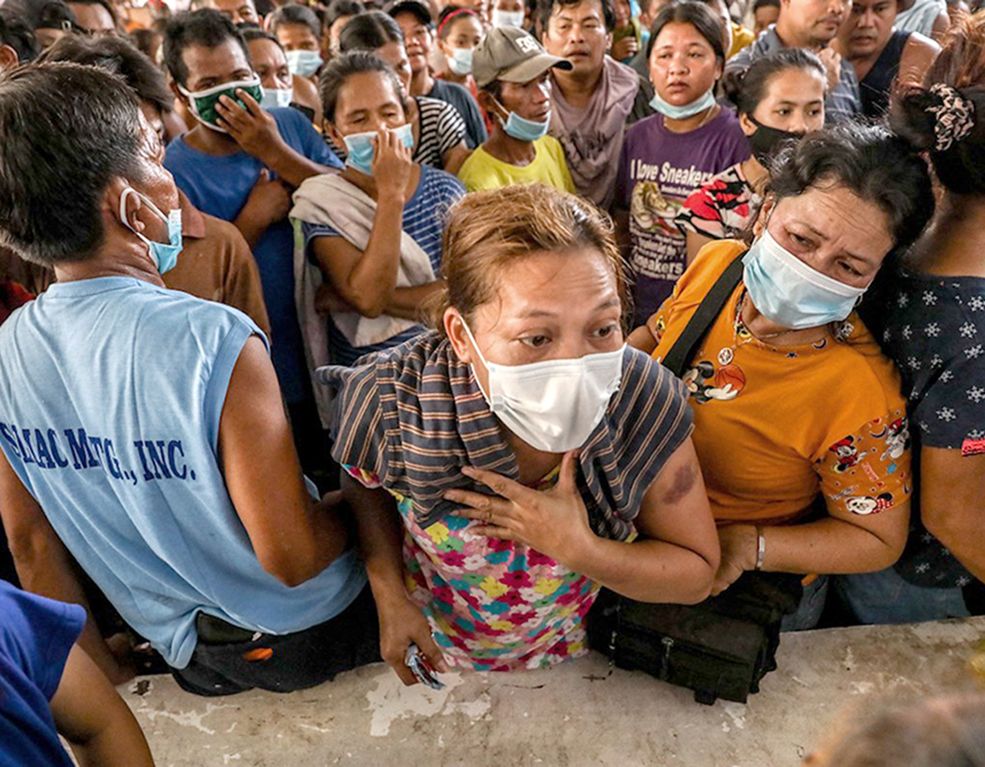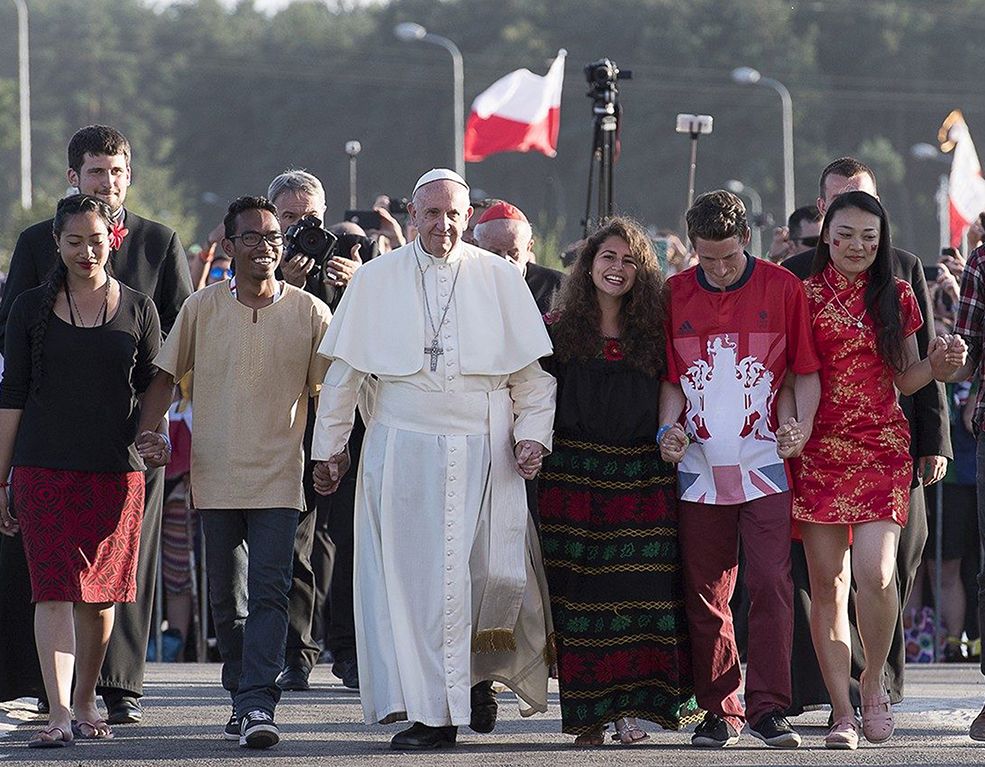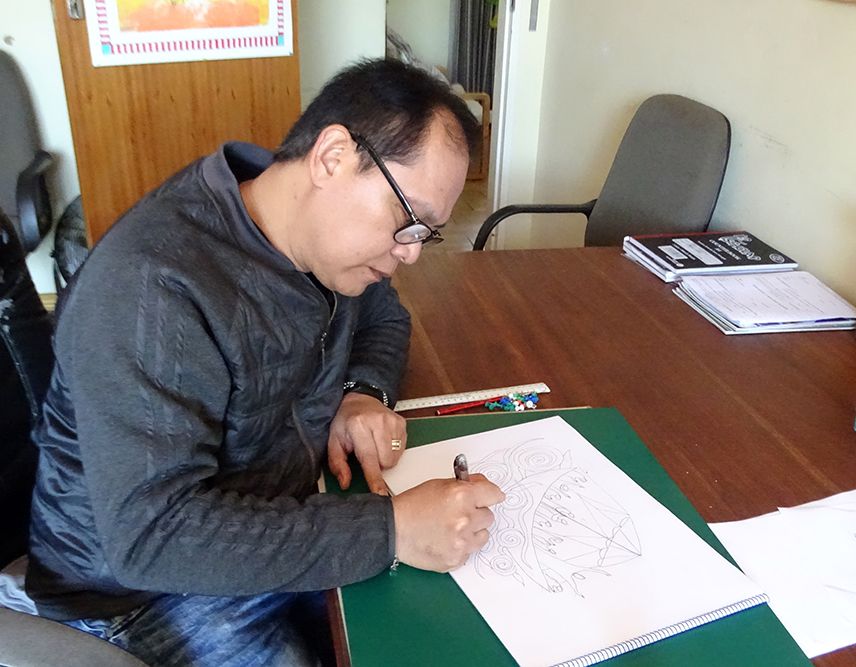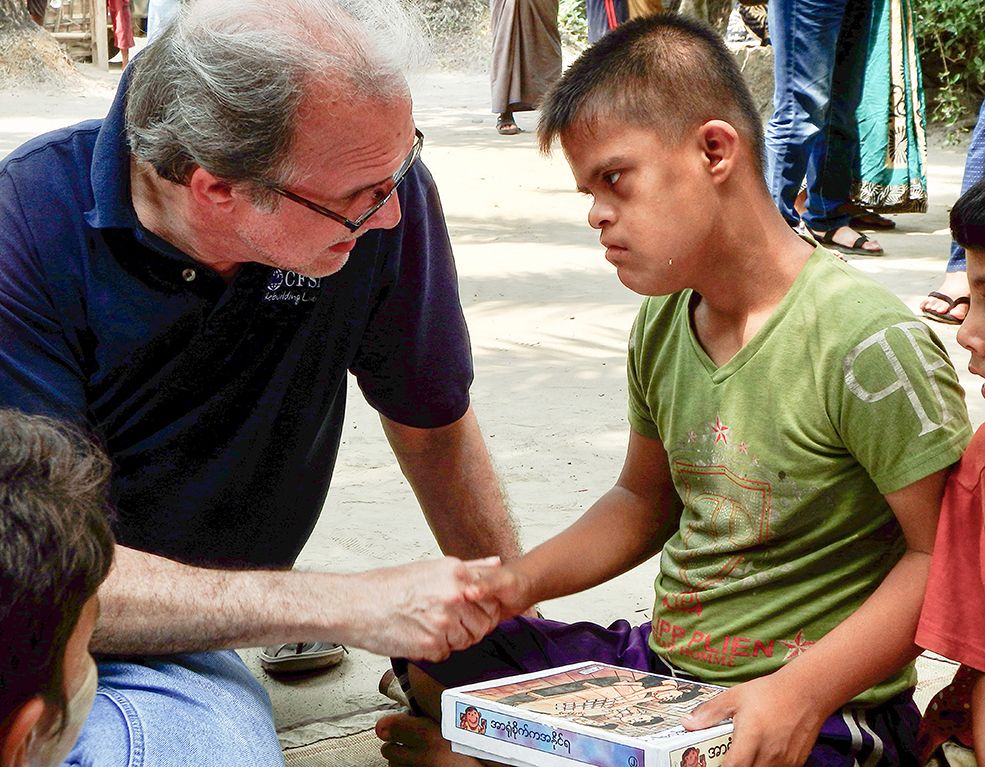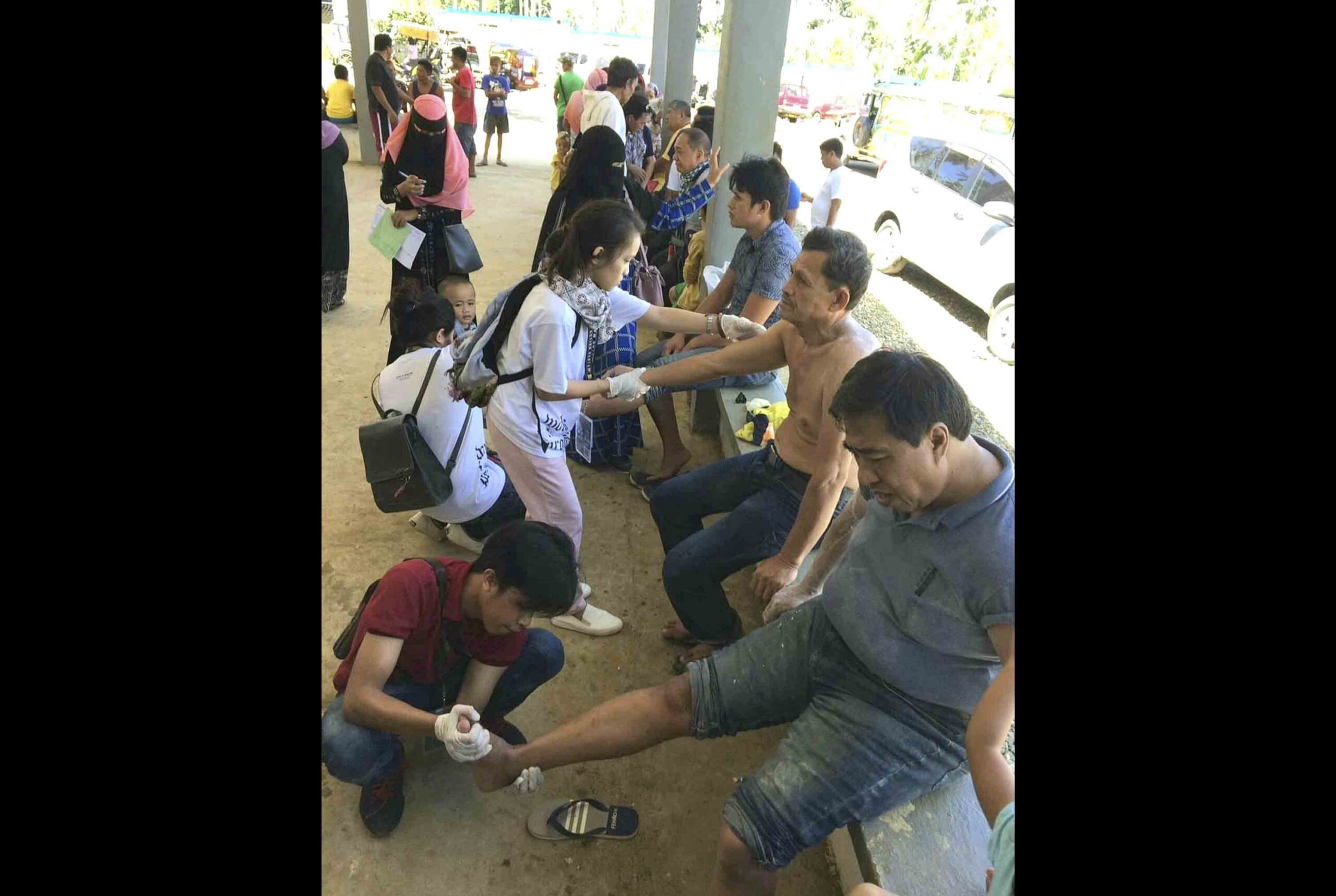Three Comboni Sisters, pioneers in Asia. When and how did this dream turn into reality?
In 2005, a Sri Lankan couple, based in Dubai and working alongside our Sisters in St. Mary’s Parish, presented a proposal from the Bishop of Kandy. Raymond and Priyanthi, while visiting Europe, planned to meet our Superior General in Rome to present this proposal. Tragically, the day before the encounter was to take place, a fatal car accident, took the life of Raymond and left Priyanthi seriously injured and widowed. The proposal ended there, or so it seemed at that time. But at the end of the 27-year-long ethnic war in 2007, the proposal resurfaced and, with it, the wider question of our presence in Asia.
In 2008, in response to the reflection of the Inter-Chapter Assembly held the previous year, a team of three Sisters was asked to explore, more closely, possibilities of establishing a mission either in the Philippines or in Sri Lanka by visiting the said countries. The findings of the team led the members to propose an opening in Sri Lanka, in response to the still open invitation from the Bishop of Kandy. A further longer visit followed in 2010 to gather more information before presenting a more detailed proposal to the Chapter. Then, when the Chapter Assembly voted positively, accepting the proposal to locate the mission in Sri Lanka, the community of Talawakelle was born, at least in theory.
Why Kandy? Why Talawakelle?
In his presentation to the people of his diocese, composed of both Singhalese and Tamils and also, the so-called ‘Indian Tamils’ who live and work on the tea plantations, Bishop Vianney Fernando seemed to echo Comboni himself.
The Sri Lankan society is made up mainly of three ethnic groups: the Singhalese, who are Buddhists or Christians, the Tamils who are Christians, Hindus, or Muslims, and the ‘Indian Tamils’ who are either Hindus or Christians. It is a multireligious society, the majority of which are Buddhists (64%) living alongside Hindus (20%), Christians (7%) and Muslims (9%). The long conflict was on ethnic differences rather than religious.
Among the three groups, the ‘Indian Tamils,’ who live and work at the tea estates, are the poorest and most abandoned and discriminated in the country. They were brought in by the British in the 18th century as cheap labor for the tea plantations. Due to the fact that they come from the lowest caste of Indian society, they are discriminated upon by the government. Only recently, according to Bishop Vianney, has the Catholic Church begun to take a stand to promote these people and to try to improve their living conditions.
Attached to the parish is a small school for the children of the tea plantation workers. Currently, there are about 400 boys and girls, half Christians and half Hindus, attending the school. They travel from all the surrounding estates to reach the school.
The dream of the Bishop is to educate the children of the workers towards a better future. In order to do this, his plan is to gradually transform the school from using Tamil medium to English medium. By doing this, there will be possibilities of higher university education, and better employment prospects for the young. Through education in English, he hopes the doors of the isolated world of the tea estates will become open to other possibilities, and even to freedom from a life of hard labor and poverty, and consciousness of their rights to dignity and equality. The task at hand is to train, accompany and assist the teachers of Talawakelle in the process.
Can you briefly describe the socio-political and religious reality you find yourself in?
The population of Sri Lanka is around twenty million. There are four different ethnic groups: the Singhalese (74%), Tamils (18%), Moors (7.7%) and Burgher and Veddhas (very few). The four main religions practiced are Buddhism (70%), Hinduism (15.4%), Christianity (7.3%), Islam (7.2%) and others (1%). The languages that are mostly used are Singhalese, Tamil, English and Malay.
The first impression one gets when coming to the country is that the people are peaceful, respectful and kind. And in general, they are. However, after a while, one can sense the conflicts, discriminations, frustrations, hatred and wounds that people have, especially between the Singhalese and the Tamils of the North. For more than twenty years, the Singhalese and the Tamils of the North were at war. The Tamils were defeated and that brought the war to an end in 2005. Although there has been a cease-fire, unfortunately, the Tamils of the North are still living in a state of war. Many are displaced, living in tents and waiting for their lands to be given back; many members have disappeared because government officers took them away and would not say what happened to them; etc.
Lately, in the south western part of the country, there has been a rise in Buddhist extremism that caused a lot of destruction among the Muslim communities and some Christian communities as well. The Buddhist extremes are led by Buddhist monks who claim that the country is meant to be for the Singhalese ethnic group and the religion should only be Buddhism. If there is any suspicion of spreading Islam or Christianity, the Buddhist monks incite the mob to react and cause devastation.
At the government level, departments like the Immigration and the Buddhist Religious’ Affairs Office, have to give a “no objection” letter for religious foreigners who apply for resident visas. Nonetheless, we experienced a lot of problems in our first two years; the Buddhist officers were not sure of our being “religious” because the photos on our passports did not show it properly. We had to change our passports and put on photos that showed us in religious attire in order to get a resident visa.
Who are the people you work with?
In the up-countries where we live, the great majority of the population is Hindu; Christians are only 2%. The Tamils of this area are different from those of the North because these are from the lower class, brought from Tamil Nadu, India, by the British more than 200 years ago. The Tamils of the North claim to be of the upper class and have been here centuries ago. The British brought these Indian Tamils to the up-country for the tea plantations because the local people refused to destroy their forests in favor of tea. However, the Tamils who were brought from India are very submissive, especially when compared with those of the North who called themselves “Tamil Tigers” when they fought the war.
The Indian Tamils do not fight for their rights; they remain in the same situation as when the British brought them in. There has been no change in their lifestyle and methodology of work, even in plucking the tea leaves.
Women have to work among the tea bushes to pluck the leaves. They labor the whole day, earning little money for their survival. They are not able to improve the standard of their lives. They borrow whatever they need from the stores of the company that hires them and, by the end of the month, little amount is left from their salary. Thus, they don’t know how to save money.
What are the main areas of your work?
We are mainly involved in the teaching ministry. The aim of our presence is to empower the people, especially to give them good education so that they can have better jobs. Therefore, we have started teaching English classes in the Tamil school of the parish. In 2016, we hope to start using English medium for Grade 6 onward. In Sri Lanka, education is free and so in order to get free text books and teachers from the government, we have decided to start English medium classes only from Grade 6 onward.
We also help the parish by teaching catechism in English to some children. During the weekend, we go to some estates to bring Holy Communion. We help when there are some activities.
Our dream is to work jointly with the other religious groups in the area and to find ways to especially help the women. The burden is mainly on the shoulder of the women who are the breadwinners and the caretakers of their families.
The Comboni family is originally Africa-oriented. How is Daniel Comboni inspiring your work in Sri Lanka?
Since the 1950s, when the Church asked us to go to the Middle East and to the Americas, our Congregation has expanded. Likewise, the Congregation has now responded to a request from a Far East country, Sri Lanka. It was not easy for the Congregation to decide; it took us time to discern, because our number is getting less, among other reasons.
However, the invitation from the Bishop of Kandy could not be ignored as their situation is the same as all those whom we have been called to serve elsewhere. Even as we celebrated the 150th year of the Plan of Comboni, there are still realities similar to his time that he felt impelled to respond to. These people really need to be empowered. “Save Africa through Africa” was the motto of Comboni. Paraphrasing, we are here trying to apply that: ‘Save Sri Lanka through Sri Lanka.’
What are the challenges and priorities of your missionary work?
One of the challenges we have met is learning the Tamil language. Those of us who wish to learn Tamil need a very good memory, and a method to learn it. In fact, one of the poverty signs we encountered here is the lack of experts in teaching Tamil as a second language. As Comboni said, it is necessary to go to the mission while young because, then, it is easier to learn a language. According to the people, the Singhala – the other language used by the majority in Sri Lanka – is much easier to learn than Tamil.
Another challenge is to find children with sufficient knowledge of English. As our priority is to run an English medium school, we need children who are able to follow classes in English. As I said, the government sends teachers and gives free text books only from Grade 6 upward. However, if we don’t prepare the children from Grade 1, to learn English, it would almost be impossible to find students who would be ready to study in English. It is very expensive to run a school on our own, even as Church, without the help of the government. As the people are poor, we cannot ask the school to charge higher fees because they will not be able to pay.
“To be joyful, to be present and to be there”
We have experienced the challenges of the first mission: the difficulty of learning the Tamil language, the cultural shock, the poverty of the area, etc. We are still struggling!
Jesus invites us to remain in Him as the branch is united to the vine (Jn 15: 1-8). If this is the case, then we should remain “there” with Him all the time; that is whenever and wherever. We have to remain by His side like the faithful women who were there, “along the River of Galilee, in the Cenacle, on the way to Calvary, on Golgotha “experiencing the laceration of doubt and denial and, eventually, enjoying the wonder and amazement of Easter, the Pentecost event, and the evangelization of the nations – all these are stages of joyous faith in the logic of kenosis, experienced throughout life even with the sign of martyrdom.”
Pope Francis stated: “I want to share a message, and the message is joy. Wherever consecrated persons are, there must always be joy.” The Lord calls us to follow Him each day with courage and fidelity. He has chosen us as His disciples, inviting us to proclaim with joy the Risen Christ!
Yes, we are here and we have been sent to witness the love of God among these people and, deep down, we feel the joy that comes from Him.
In this diversity of religions, are there common celebrations?
In Sri Lanka, I found out that Christ’s birth is also celebrated by the Hindus, Buddhists, aside from Christians. This happens in the schools where the Christians are a minority, and yet the whole school celebrates it. Each school organizes a Christmas carol program and the organizers invite guests like priests, nuns, and benefactors and celebrates the event colorfully. Some organizers of the performances oblige the students to buy expensive dresses just for this one event! Each school spends a lot of money to send invitations cards, to prepare refreshments, to decorate the hall, to prepare special bouquet of flowers for the invitees, etc.
In our school, St. Patrick’s College, for example, three Hindu girls bought expensive dresses to perform a “dance of the wings” for the event. They performed so well that even the parish invited them to dance during the parishioners’ program.
Last year, among the many schools that invited us, one school impressed me much: Dimbule. It is a school offering Grade 1 to 13 (advanced level). It had 523 students of which only two were Muslims and 50 were Christians. The rest were all Hindus. There were 33 teachers of which only two were Christians. The religion teacher in this school was one of our catechists. We didn’t have an idea of what their program was about. So when the principal of the school went to deliver his speech on the stage, I was convinced he was Christian from the way he spoke about Jesus Christ. Later, he told us he was a Hindu and that he was educated by the Salesians in a Don Bosco School. One lady, the former principal of the school was also invited as a guest of honor. She, too, was a Hindu! She said she was educated by Catholic Sisters who came to Sri Lanka as missionaries. Both of them appreciated the good foundation they received from the Catholic missionaries! The announcers on the stage were Hindus. Yet, from the way they performed, many mistook them for Christians; the teacher, especially, who was quoting some passages from the Bible.



